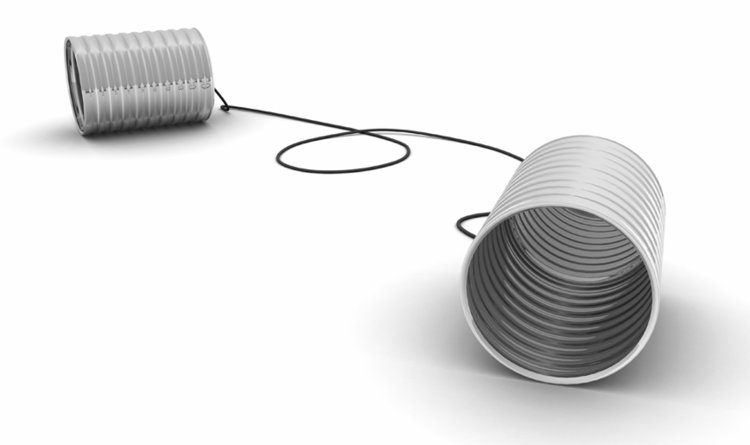Move Over Touch: Voice Recognition Grows Up
/Nuance Communications said today it’s offering an upgrade to its line of speech recognition software aimed at carriers and handset makers. The new software includes a combination of on-handset speech recognition and server-based transcription that means it can do far more than navigate an address book. It’s also a sign that carriers are interested in offering up voice recognition as an easy way to navigate through content on mobile phones — while at the same time getting consumers to use their data plans.
The new software will allow users to dictate texts and emails, find information on the web and bring up applications such as Twitter on their mobile phones (check out the demo). Sounds a lot like the functionality offered by my all-time favorite phone application, Vlingo, which prompted me to override the existing Nuance voice control on my BlackBerry. [click heading for more]



